Revision Notes: Agriculture in India II-Cash crops | Geography Class 10 ICSE PDF Download
| Table of contents |

|
| Cash Crops |

|
| Cotton |

|
| Jute Cultivation in India |

|
| Tea Cultivation in India |

|
| Coffee Cultivation in India |

|
| Rubber |

|
Cash Crops
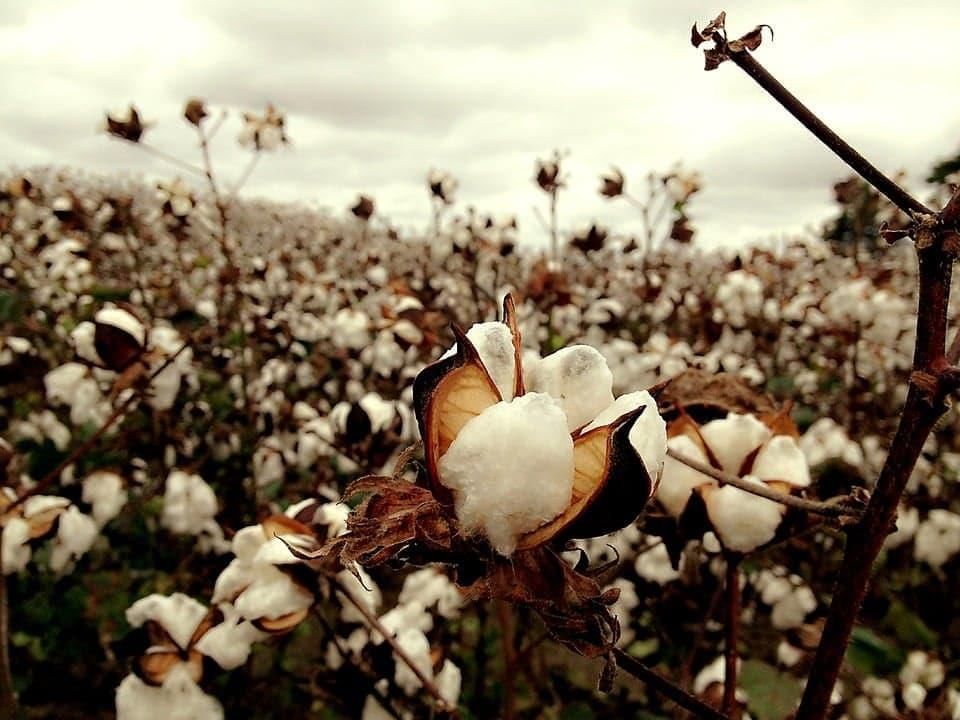
- Cash crops are agricultural products grown mainly for sale in the market.
- Main Cash Crops :
- Beverages: Tea and coffee
- Fibres: Cotton and jute
- Oilseeds: Groundnut and mustard seeds
- Others: Sugarcane, tobacco, and rubber
Sugarcane
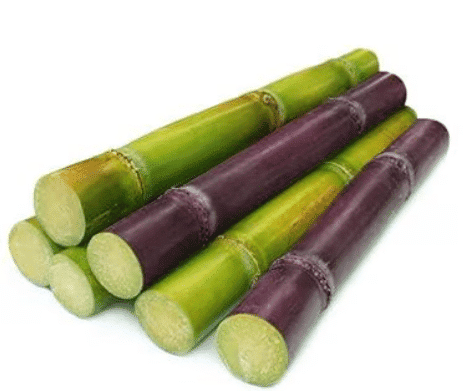
Overview: Sugarcane is a tall tropical plant with a thick stem, used primarily for making sugar, gur, and khandsari. India has the largest area under sugarcane cultivation and is the second-largest producer of sugarcane in the world, after Brazil.
Climatic Conditions: Sugarcane thrives in warm temperatures between 20°C and 24°C. It requires a dry winter for optimal ripening and harvesting. The crop is sensitive to frost, which can cause significant damage. Sugarcane grows well with 100–150 cm of rainfall, ideally distributed throughout the year, with dry, sunny weather during the ripening phase.
Soil Requirements: Rich alluvial and lava soils are considered the best for sugarcane cultivation.
Methods of Cultivation:
- Sowing:
- Sett Method: Involves planting cuttings from old sugarcane plants, known as 'setts,' which sprout into new plants.
- Ratooning Method: Harvesting sugarcane while leaving a portion of the stalk and roots in the soil. This method is labor-saving and cost-effective.
- Seed Planting: While possible, this method is rarely used.
- Harvesting: In northern India, sugarcane is harvested before winter to prevent frost damage. The stalks are cut close to the ground, as the highest sucrose concentration is near the base of the stem.
- Processing: After harvesting, sugarcane must be transported to mills quickly, preferably within 24 hours, to prevent sucrose loss. At the mills, cane is crushed and boiled with lime to produce raw sugar, which is further processed into brown and white sugar. About one-third of the sugarcane grown is used for making sugar, while the rest is used for gur and khandsari.
Distribution:
- Sugarcane is distributed in three main areas:
- Satluj-Ganga Plain: stretches from Punjab to Bihar.
- Black Soil Regions: spans from Maharashtra to Tamil Nadu, including coastal Andhra Pradesh and the Krishna Valley.
Leading Producers:
- Uttar Pradesh
- Maharashtra
- Tamil Nadu
- Karnataka
- Andhra Pradesh
Tamil Nadu is the largest producer of sugarcane in South India.
Expansion to South India
- Sugarcane cultivation has expanded to South India due to its favorable maritime climate, which is free from the extreme summer heat (loo) and winter frost.
- South India also offers good irrigation facilities, making it suitable for sugarcane farming.
Oil Seeds
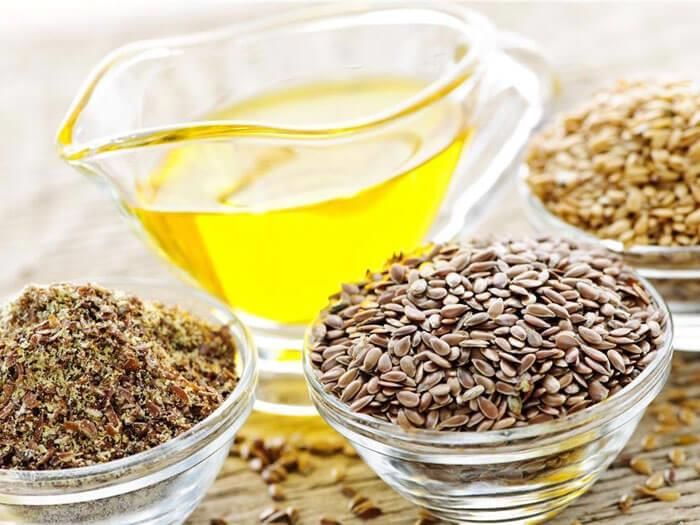
Major Oil Seeds in India:
- Groundnut (leading oilseed)
- Linseed
- Castor seed
- Sesame
- Soybean
- Cottonseed
- Sunflower seed
- Rapeseed
- Mustard seed
Groundnut
Oil Content and Uses:
- Groundnut contains about 42% oil.
- Oil is extracted from the nuts found in the plant's roots.
- Used for manufacturing: Hydrogenated oil, margarine, medical emulsions, and soaps.
- Cooking oil: Groundnut oil is used for cooking.
- Animal feed: Oil cake is used as cattle feed.
- Snack food: Nuts are eaten raw, roasted, salted, and sweetened.
Climatic Conditions for Groundnut:
- Grows well in tropical and sub-tropical climates.
- Sensitive to frost.
- Rabi Crop in: Odisha and southern states.
- Kharif Crop in: rest of India.
- Optimal temperature: 20°C to 25°C.
- Rainfall: Requires 50–100 cm of light to moderate rainfall, well-distributed throughout the year.
- Adverse conditions: Continuous rains, stagnant water, and frost harm the crop.
Soil Requirements for Groundnut:
- Suitable soils: Sandy loams and well-drained soils.
Method of Cultivation
- Sowing: After ploughing, seeds are sown using broadcasting and drilling methods. The crop, which is a flowering plant, takes about 4 to 5 months to mature for harvesting.
- Harvesting: During harvesting, the entire plant is uprooted from the soil. Groundnuts are then dried and packed in sacks before being sent to mills or commercial establishments.
Distribution
- India is the second largest producer of groundnut in the world, following China. Groundnuts are primarily grown in Peninsular India, with Gujarat being the leading producer. Other significant groundnut-producing states include Maharashtra, Karnataka, Rajasthan, Madhya Pradesh, Uttar Pradesh, and Punjab.
The following table provides information on other oilseeds produced in India:
Mustard and Rape seeds:
- Temperature: 10–20°C
- Rainfall: 25–40 cm
- Soil: Loamy soil
- Cultivation: Grown in rows with wheat, gram, and barley; growing period of four to five months; seeds separated by trampling under bullocks’ feet.
- Producing States: Uttar Pradesh, Rajasthan, Punjab, Madhya Pradesh, Haryana, and also in Assam, Bihar, Odisha, Gujarat, and Jammu and Kashmir.
Soya bean:
- Temperature: 13–24°C
- Rainfall: 40–60 cm
- Soil: Friable loamy acidic soils
- Cultivation: Rain-fed crop, harvested in mid-October
- Producing States: Madhya Pradesh, Rajasthan, Maharashtra
Sunflower seed:
- Temperature: 26–30°C
- Rainfall: Less than 50 cm
- Soil: Well-drained loamy soil
- Cultivation: Requires adequate soil moisture in the first 45 days; heavy rainfall during flowering stage should be avoided.
- Producing States: Bihar, Maharashtra, Andhra Pradesh, Karnataka
Sesame:
- Temperature: 21°C
- Rainfall: Moderate rainfall between 40 cm and 50 cm; excessive rainfall can damage the crop.
- Soil: Well-drained light loamy soil
- Cultivation: Grown as a kharif crop in northern states and as a rabi crop in southern states.
- Producing States: Uttar Pradesh, Rajasthan, Maharashtra, Madhya Pradesh, Odisha, Gujarat, Karnataka, Andhra Pradesh, Tamil Nadu
Linseed:
- Temperature: 15–20°C
- Rainfall: 45–75 cm
- Soil: Alluvial soils, clayey loamy soil, and deep black soils
- Cultivation: Grown during the rabi season, harvested in March-April
- Producing States: Madhya Pradesh, Uttar Pradesh
Castor seed:
- Temperature: 20–25°C
- Rainfall: 50–75 cm
- Cultivation: Sown in June and July, harvested in November and December
- Soil: Red sandy loamy soil
Cotton
Cotton is a crucial cash crop in India, serving as a vital raw material for various industries. It is a tropical plant that thrives in warm temperatures and is typically grown during the kharif season.
Growing Conditions for Cotton
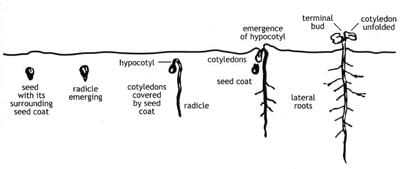
- Temperature: Cotton plants require high temperatures ranging from 21°C to 30°C for optimal growth. In October, temperatures should be above 26°C to aid in the ripening and bursting of cotton bolls. The minimum temperature should not drop below 20°C, as lower temperatures can hinder plant growth.
- Growing Period: A long growing period of at least 200 frost-free days is necessary for the cotton plant to mature properly.
- Rainfall: Cotton requires moderate rainfall of 50–75 cm. Excessive rainfall, exceeding 85 cm, can be detrimental to the crop.
Soil
- Well-drained clayey soil rich in lime and phosphate is ideal for cotton cultivation. The deep black soil found in plateau regions and Gujarat is also suitable for cotton growth.
Cultivation Practices
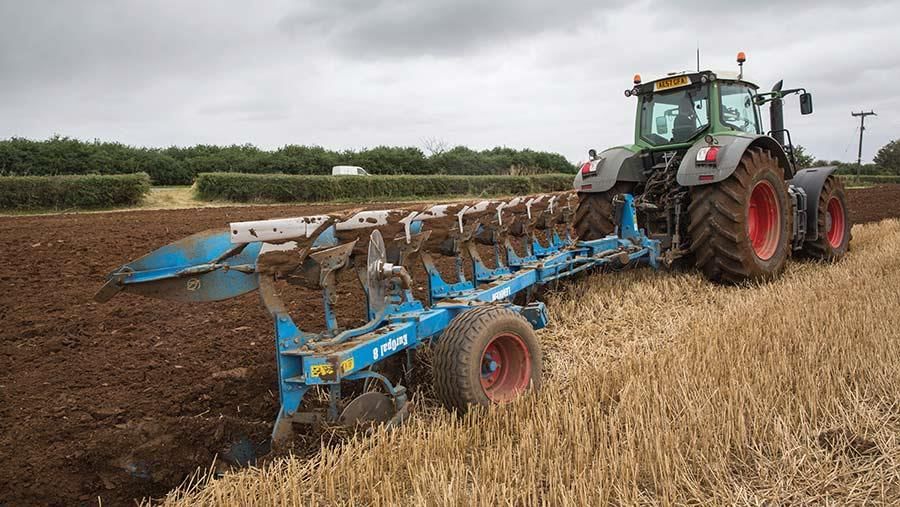
- Sowing: Cotton seeds are sown using drilling or broadcasting methods, usually before the onset of rainfall.
- Harvesting: Harvesting takes place in October when the cotton bolls have ripened and burst open, revealing the fluffy cotton fibres.
Processing of Cotton
- Ginning: After harvesting, the cotton bolls are subjected to ginning, a process that involves separating the cotton fibres from the seeds.
- Oil Extraction: The separated seeds are crushed to extract oil, and the residue is used as animal feed.
- Transportation: The processed cotton fibres, known as bales, are transported to manufacturing regions for further processing.
- Spinning: The cotton fibres are washed and processed into a rope-like mass called sliver, which is then spun into cotton yarn.
Different Types of Cotton in India
There are five main types of cotton grown in India, which are: Superior Long Staple Cotton Long Staple Cotton Superior Medium Staple Cotton Medium Staple Cotton Short Staple Cotton
Major Cotton-Growing Areas:
- Northwestern Deccan: This region has fertile black soil, making it suitable for cotton cultivation.
- Central and Southern Deccan: States like Karnataka and Tamil Nadu are prominent in cotton farming.
- Upper Ganga Valley: This area is also known for its cotton production.
Leading Cotton-Producing States:
- Gujarat
- Andhra Pradesh
- Maharashtra
- Punjab
Other Cotton-Producing States:
- Madhya Pradesh
- Rajasthan
- Haryana
- Karnataka
- Tamil Nadu
Jute Cultivation in India
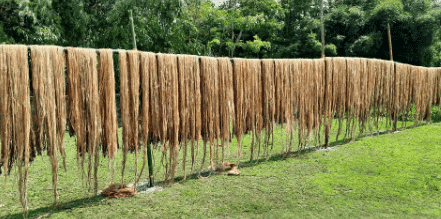
Overview of Jute
- Jute is a significant fibre crop in India, with two main varieties:
- White Jute: Grown in both lowlands and uplands.
- Tossa Jute: Grown only in uplands due to its susceptibility to flooding.
Uses of Jute
- Jute is primarily used for manufacturing:
- Sacks and packaging materials
- Utility products such as carpets, rugs, twine, and tarpaulins
Jute Cultivation Requirements
- Climate: Hot and humid with temperatures between 24°C and 35°C.
- Rainfall: Requires more than 150 cm of annual rainfall.
- Soil: New alluvial soil is considered ideal for jute cultivation.
Sowing and Harvesting
- Sowing: Seeds are sown by broadcasting and drilling methods. In lowlands, sowing occurs in February, while in uplands, it is done in March and June.
- Harvesting: The crop is harvested from July to September when plants reach a height of 2–4 meters. After cutting, plants are put into a pond for retting.
Processing of Jute
- Retting: Jute is placed in specialized tanks for retting to extract fibres.
- Spinning and Weaving: Extracted fibres are dried, spun, and woven into sacks and carpets.
Major Jute-Producing States
- West Bengal: Leading producer, with cultivation in districts such as Nadia, Parganas, Jalpaiguri, Malda, and Burdwan.
- Other States: Assam, Bihar, Odisha, and Uttar Pradesh also contribute to jute production.
Tea Cultivation in India
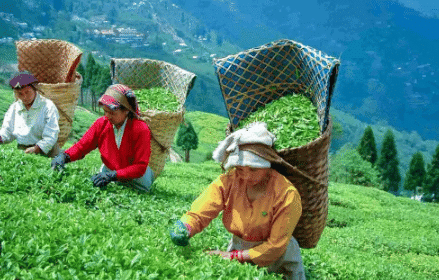
Tea is a significant beverage in India, and its cultivation requires specific climatic and soil conditions.
The tea plant thrives best at temperatures between 24–30°C and grows well under shade. High humidity, heavy dew, and morning fog are beneficial for the development of young tea leaves. Tea requires adequate annual rainfall of about 150 cm, distributed throughout the year, and prefers well-drained loamy soil or forest soil rich in humus. The soil should be gently rolled to prevent waterlogging, which can harm the crop.
Sowing
- Tea can be planted by sowing high-quality seeds in nurseries and then transplanting the saplings into tea gardens within a year. Alternatively, tea shrubs can be propagated from cuttings of high-yielding varieties in a method known as clonal planting.
- Tea gardens are typically located on hillslopes to avoid waterlogging, which can seriously damage the crop.
Harvesting
- In India, tea leaves are picked frequently, and the process is mostly carried out by skilled women workers. Before harvesting, the bushes are pruned to encourage new growth.
Processing
Black Tea
- Withering: Freshly picked tea leaves are spread out and dried under the sun to reduce their moisture content.
- Rolling: The withered leaves are then rolled using steel rollers to break their fibers, which helps in the subsequent fermentation process.
- Fermentation: The rolled leaves undergo fermentation, a crucial step that reduces the tannic acid content by half, influencing the tea's flavor and color.
- Drying: After fermentation, the leaves are dried either over a fire or in an oven until they turn black, which is characteristic of black tea.
- Blending: Finally, the dried leaves are blended to create specific grades of tea, adding unique aromas and flavors.
Green Tea
- Heating: The freshly picked leaves are roasted immediately to halt the oxidation process.
- No Fermentation: Unlike black tea, green tea leaves are not fermented, which is why they retain their green color even after drying, grading, and packing.
Oolong Tea
- Partial Drying and Fermentation: The tea leaves are partially dried and then fermented, striking a balance between the processes used for green and black teas.
- Export: A significant portion of oolong tea is exported, particularly to the United States.
Brick Tea
- Preparation: Coarser and inferior tea leaves and stems are compressed into rectangular blocks.
- Consumption: Brick tea is primarily consumed in regions like Tibet and Russia.
India ranks as the fourth largest exporter of tea globally, with Assam being the leading producer, followed by West Bengal. Other significant tea-producing states include Tamil Nadu, Kerala, Maharashtra (Ratnagiri and Satara), Bihar (Purnea), Himachal Pradesh (Kangra Valley), and Karnataka (Coorg and Shimoga).
Coffee Cultivation in India
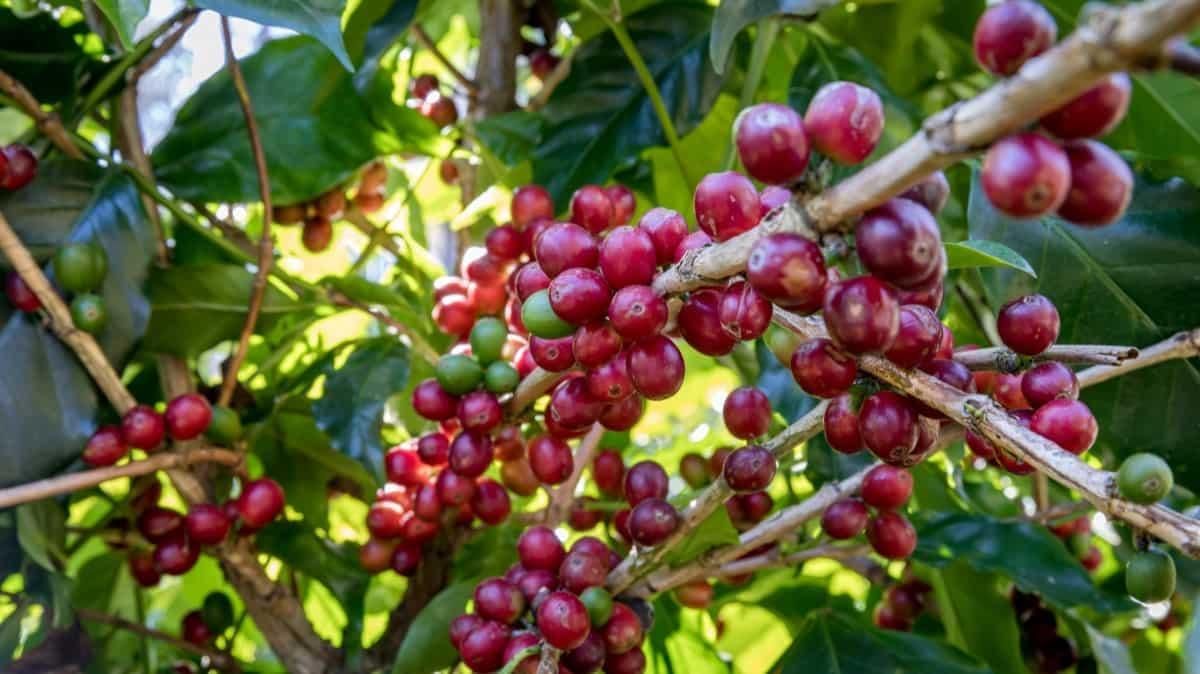
Coffee Species
- Coffea robusta: Grown in lower-elevation areas where Arabica cannot thrive. It is resilient to arid conditions but produces inferior quality coffee.
- Coffea liberica: This disease-resistant species is typically cultivated in lowland areas. Both Robusta and Liberica are suitable for making instant coffee, contributing to their popularity.
- Coffea arabica: Known for its superior quality, Arabica is susceptible to diseases. Notable varieties include Chicks, Blue Mountain, and Bourbon Amarillo.
Climatic Requirements
- Temperature: Coffee plants thrive in a warm climate with temperatures ranging from 15°C to 28°C. They cannot tolerate frost or extreme heat.
- Rainfall: The ideal rainfall for coffee cultivation is between 150 cm and 200 cm. Prolonged drought conditions can severely harm the crop.
Growing Conditions
- Shade: Coffee plants are sensitive to direct sunlight, so they are planted under the shade of trees like silver oak and jackfruit.
- Soil: Rich, well-drained, and friable loamy soil is preferred for coffee cultivation. Fertilizers are often added to enhance soil fertility.
- Planting: Saplings are sourced from nurseries and transplanted into the fields, with plants spaced 3 meters apart. The height of the plants is maintained between 1.5 to 2.5 meters.
- Drainage: Coffee plants are grown on slopes to prevent water stagnation, which can be detrimental to the crop.
- Intercropping: Additional income is generated by planting trees such as oranges, cardamom, and pepper vines alongside coffee.
Harvesting and Processing
- Harvesting: Coffee is typically harvested in the fourth or fifth year after planting. Ripe berries are picked by hand, carefully removing them from the stalk.
- Processing: The harvested berries undergo several processing steps:
- De-husking: Outer coverings of the berries are removed using machines.
- Fermentation: Beans are fermented by drying them under the sun.
- Roasting: Beans are roasted at a temperature of 99°C.
- Grinding: Roasted beans are ground into coffee powder.
Major Coffee Producing Regions
- Karnataka: Coorg and Chikmagalur are the primary coffee-producing areas.
- Kerala: Coffee is produced in districts such as Kozhikode, Palakkad, and Idukki.
- Tamil Nadu: The Nilgiri district, Madurai, and Coimbatore are notable coffee-producing regions.
Rubber

Rubber is sourced from latex, a milky sap harvested from plants like Hevea brasiliensis (para rubber) and castor.
Para rubber thrives in India at elevations between 300 to 450 meters, particularly on the slopes of the Western and Eastern Ghats.
Growth Conditions:
- Temperature: Optimal growth occurs in temperatures ranging from 25°C to 35°C, with a minimum threshold of 21°C.
- Rainfall: Requires 200–400 cm of evenly distributed rainfall.
- Soil: Prefers rich, well-drained alluvial and laterite soils.
Cultivation Methods:
- Seed Propagation: Involves germinating seeds in riverbed sand, transferring sprouted seeds to nurseries, and eventually planting them in fields.
- Bud Grafting: Quick-growing buds are selected and grafted onto seedlings to promote faster growth.
Tapping Process:
- Tapping is the method used to collect latex from rubber trees. This involves making incisions in the tree’s bark to access the latex, which is then collected in containers placed beneath the tree.
- Tapping is typically avoided during the rainy season because rainwater dilutes the latex. Similarly, tapping is reduced in winter due to the lower production of latex during this period.
- Latex collected through tapping contains about 35% dry rubber. After collection, it is sent to processing factories where it undergoes cleaning and treatment with acetic acid, followed by heating for approximately 24 hours.
- The process results in a spongy white mass, which is then passed through rollers to remove excess water. The material is subsequently rolled into sheets and dried.
Major Producers:
- India ranks as the fourth largest producer of natural rubber globally, with Kerala accounting for about 95% of the country’s production.
- Major rubber-producing districts in Kerala include Kottayam, Kozhikode, Ernakulum, and Kollam.
- Tamil Nadu and Karnataka also contribute to rubber production, while states like Tripura, Assam, Goa, and the Andaman and Nicobar Islands produce rubber in smaller quantities.
|
33 videos|86 docs|17 tests
|
FAQs on Revision Notes: Agriculture in India II-Cash crops - Geography Class 10 ICSE
| 1. What are the main climatic conditions required for growing cash crops in India? |  |
| 2. What types of soil are best suited for cash crops in India? |  |
| 3. What are the common methods of cultivation used for cash crops in India? |  |
| 4. What are the different varieties of cotton grown in India? |  |
| 5. What is the distribution of jute cultivation in India? |  |



















